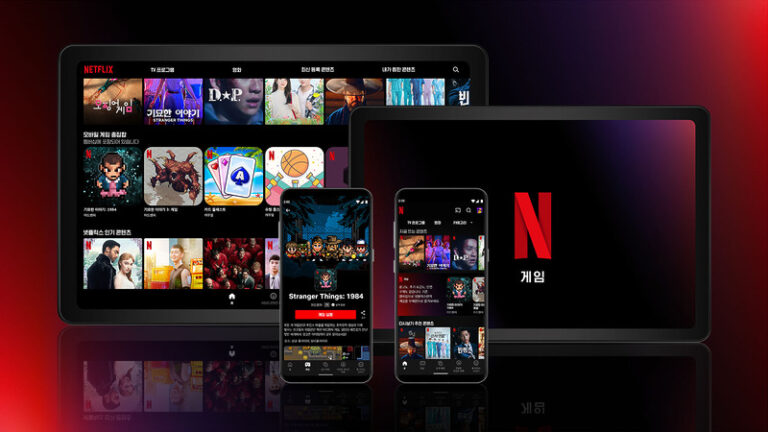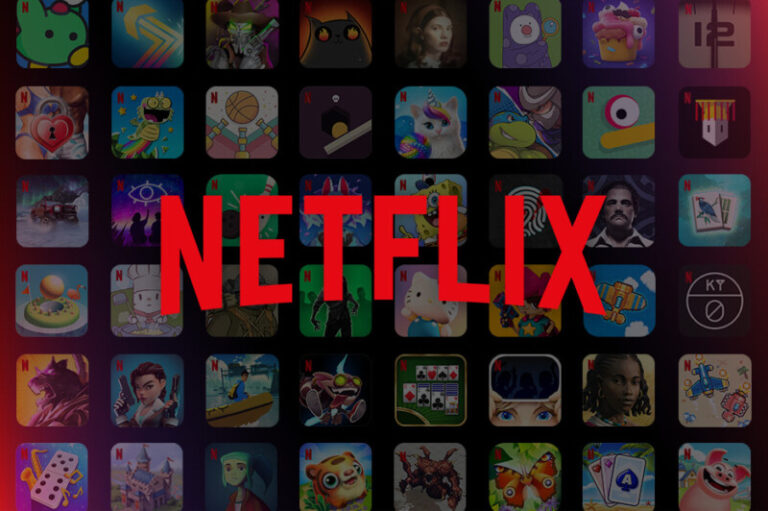“We have to cut down to survive” Cable TV, in trouble, gives up on FOD business
“No one is looking for it, but prices are rising” Cable TV stops purchasing FOD Outperformed by the convenience and speed of OTT, FOD virtually lost its market competitiveness Demand for paid broadcasting has dwindled, so unnecessary businesses must be boldly eliminated to survive

The cable TV industry, which is in a recession, will stop purchasing terrestrial FOD (Free Video on Demand). FOD is video on demand (VOD) provided free of charge by paid broadcasting platform operators to users. It is interpreted that the cable TV industry, which is experiencing a rapid deterioration in profitability while viewers’ FOD demand has plummeted following the online video service (OTT) craze, has come up with a kind of ‘survival plan’.
“Even if demand decreases, costs rise” Cable TV’s appeal
Cable TV performs the role of receiving and retransmitting terrestrial content, and pays a monthly retransmission fee (CPS) per subscriber to terrestrial broadcasters. The retransmission fee started at 2012 won in 280 and continues to rise. At present, terrestrial broadcasters are known to demand a retransmission fee of 500 won per channel from cable TV. Compared to 2012, the cost of using terrestrial channel content has approximately doubled.
According to the Korea Communications Commission’s 2022 broadcasting industry survey report, terrestrial retransmission sales rapidly increased from KRW 2017 billion for the three terrestrial broadcasters in 3 (total of the three terrestrial broadcasters) to KRW 2,350 billion in 3. Profitability has improved due to steady increases in retransmission fees. On the other hand, cable TV broadcasting business sales have been steadily declining since peaking in 2020. As of 3,999, the operating profit rate is around 2013%. The cable TV industry has expressed dissatisfaction that although the value of terrestrial content has declined due to the popularity of video streaming platforms such as OTT and YouTube, the cost of using it has been steadily increasing.
FOD, the purchase of which was recently decided to be discontinued, has been evaluated as a replacement for the terrestrial recording channels that have been abolished since the early 2000s. This is a method in which cable TV purchases popular terrestrial programs and provides them to viewers for free. However, at a time when demand for TV viewing is decreasing overall, the share of terrestrial broadcasting in the overall FOD market is steadily decreasing. In fact, in 2012, terrestrial content was a core product, accounting for more than 60% of total FOD usage, but in 2022, its share slipped to around 30%.
The sinking cable TV industry, for now Reduce the size
The ‘OTT craze’ is pointed out as the fundamental cause of FOD losing its competitiveness. Terrestrial broadcasters are focusing on marketing by providing popular programs to various OTT platforms in real time. On the other hand, for VOD services and FOD within IPTV (Internet TV), there is a ‘holdback’ of 3 weeks (the minimum period it takes for a work to be released on additional channels such as online after being officially released) until the release of terrestrial broadcast programs. There is no ‘reason’ for consumers to use FOD.
The cable TV industry began to be dissatisfied with the expenditure of FOD costs purchased in package format when calculating terrestrial retransmission costs. While FOD is not having any significant effect in attracting viewers, it was decided that there was no need to continue making unnecessary investments. The reason why the industry as a whole is choosing to reduce its business so drastically is simple. This is because the entire paid broadcasting industry, including cable TV, has entered a full-fledged recession.
According to the Ministry of Science and ICT’s count of the number of paid broadcasting subscribers and market share in the first half of 2023, the number of paid broadcasting subscribers as of the first half of last year was 3,634. Compared to the previous half year, the growth rate in the number of subscribers was only 7,495%. In particular, the number of cable TV subscribers, who are losing ground due to pressure from IPTV and OTT, showed a downward curve, decreasing by 0.27% compared to the previous half-year. If you don’t close down your unprofitable business, you are essentially at a ‘cliff’ where survival will be difficult.


![[기자수첩] 무조건 대기업만 고민하는 구직자의 맹점](https://ipmkts.com/wp-content/uploads/sites/8/2023/11/화면-캡처-2023-03-29-111301-1-768x801.jpg)
![[기자수첩] CJ ENM 30대 초반 권고사직 사태로 본 한국의 기업문화](https://ipmkts.com/wp-content/uploads/sites/8/2023/11/화면-캡처-2023-03-29-111301-768x801.jpg)
![[빅데이터] 대기업 절반 이상, 상반기 신규 채용 계획 없어, 이공계와 중고신입에 치중](https://ipmkts.com/wp-content/uploads/sites/8/2023/11/2023-03-07-165803.jpg)

![[시니어케어] 고령사회에 떠오르는 실버산업 ③ 관련 전공의 등장](https://ipmkts.com/wp-content/uploads/sites/8/2023/11/시니어케어-02-1-768x432.jpeg)


 네이버계정으로 로그인하기
네이버계정으로 로그인하기
 카카오톡 계정으로 로그인하기
카카오톡 계정으로 로그인하기
